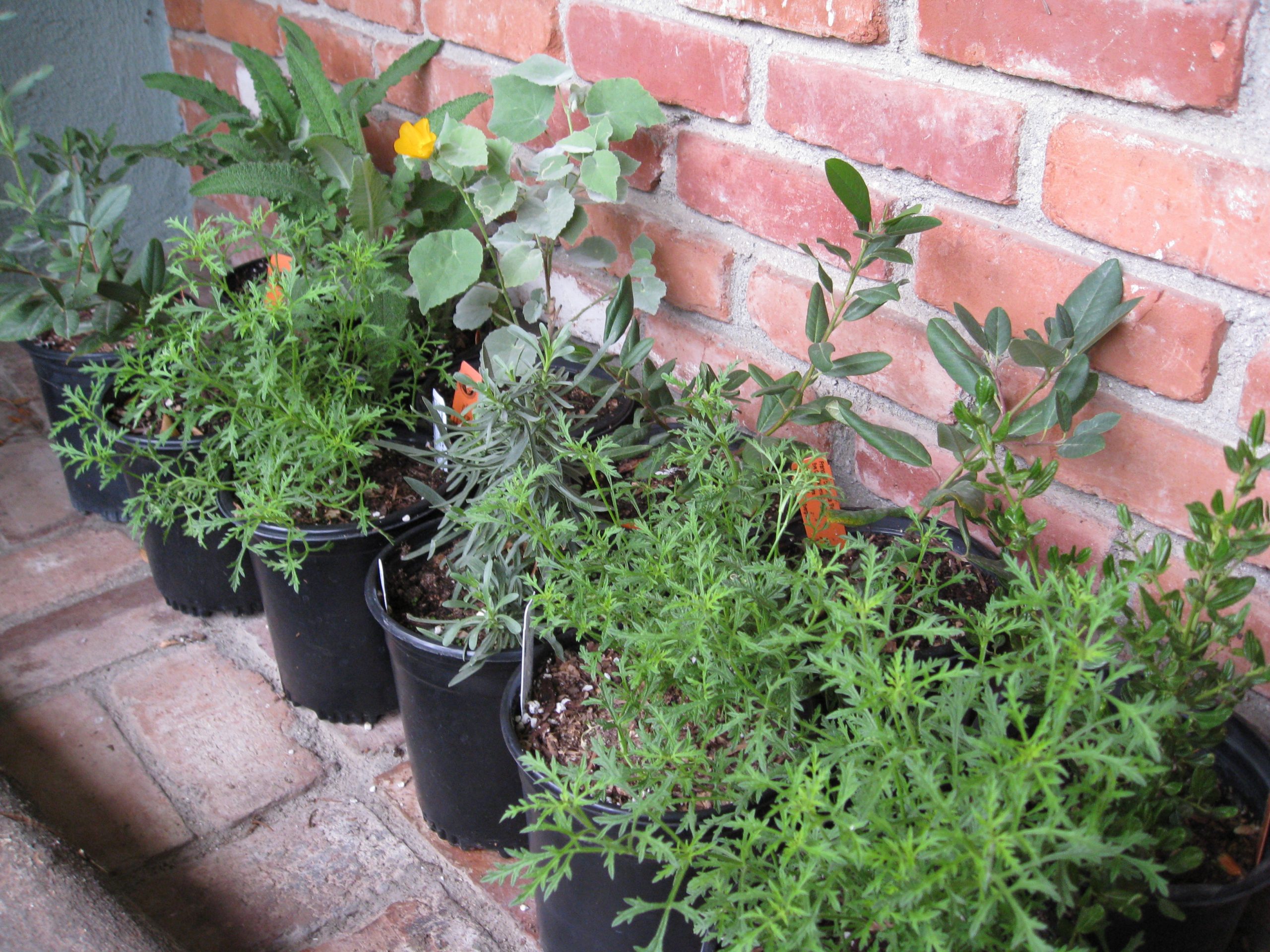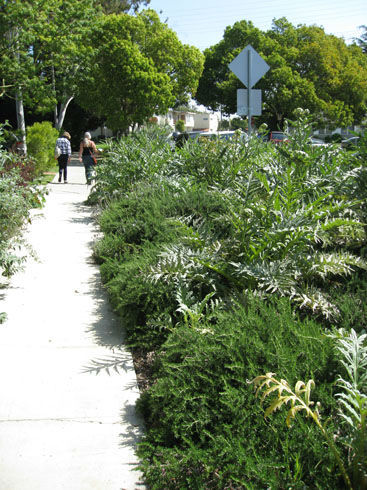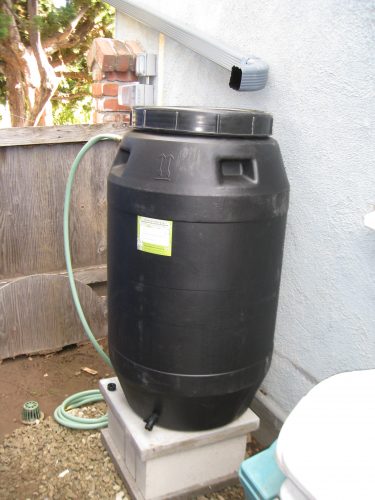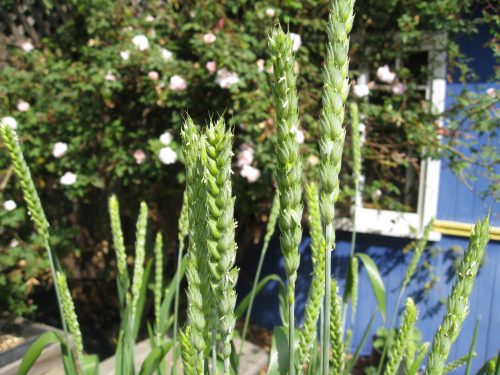Fall is the time of year to plant perennials. Why? Isn’t the season winding down? It is, but it’s the perfect time to put winter-hardy perennials in the ground because they will use winter to develop strong roots. When spring rolls around, those fall-planted perennials will be leaps and bounds ahead of spring-planted plants, and will produce flowers or fruit more quickly.
We’re taking these cooler days to plant California Natives in the front yard. Next spring they’ll jump into action and grow quickly (although natives do sleep for quite awhile in their first year). Folks in cold-winter climates can plant in protected spaces (cold-frames or greenhouses), then transplant them out in spring.

Back row: Hummingbird sage, Indian Mallow, ‘Eve case’ coffeeberry, Ceanothus ‘concha’.
Front row: More coffeeberry, Lilac Verbena, Penstemon ‘Margarita BOP’, and more Lilac Verbena.
Many of our plants died in the drought, so we took advantage of Theodore Payne Foundation‘s fall plant sale to fill in the holes. We’ll also be picking up some native strawberries to use as a groundcover around these plants, and a non-native lavender or two as well.
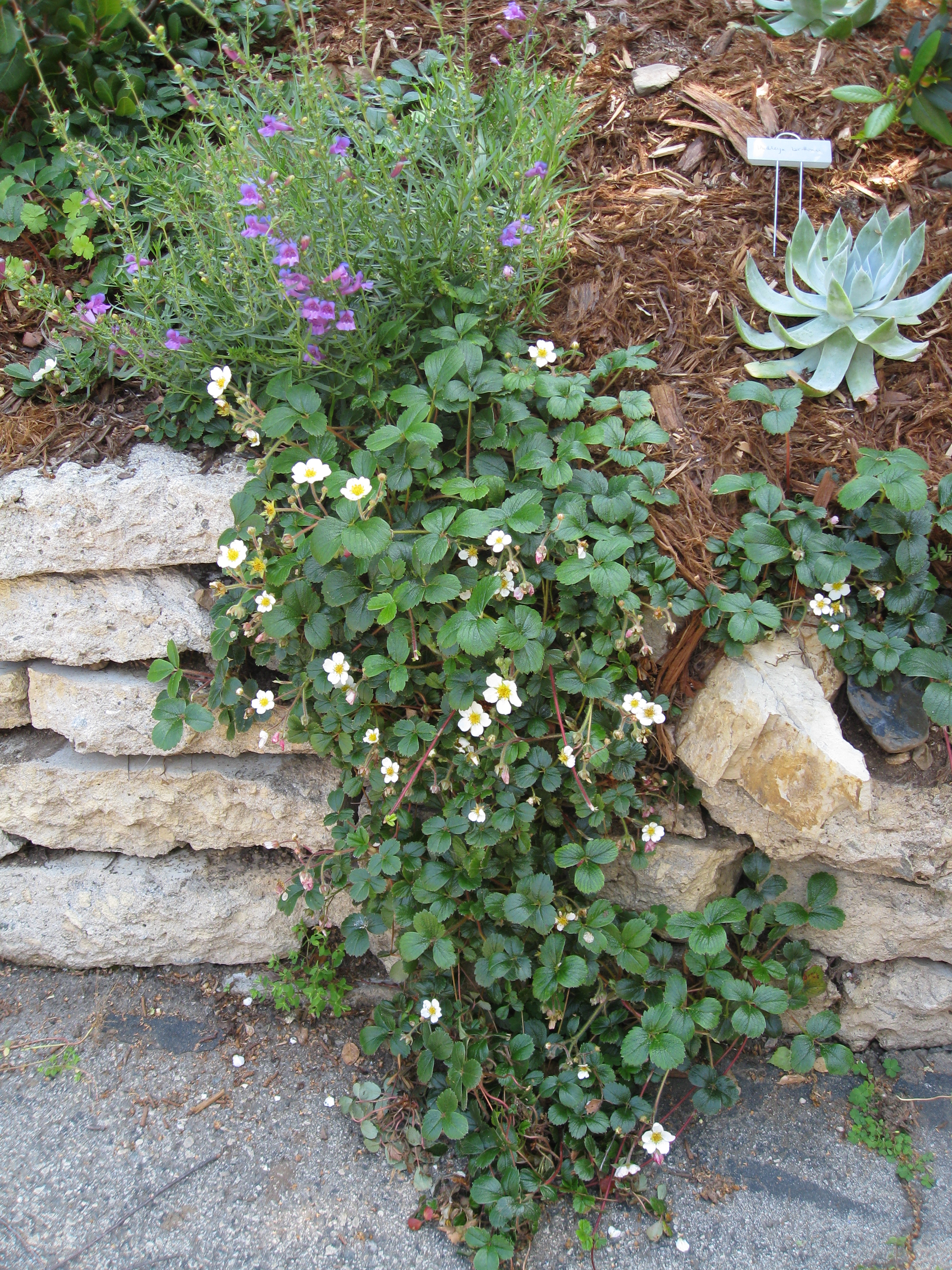
As far as food crops are concerned, fall is a great time to plant fruit trees, artichokes, rhubarb, asparagus, and other perennials like berries of all kinds. We’re thinking about tucking in a couple of artichokes in the front yard to add a Jurassic component to the space. Artichokes look so prehistoric, don’t they?
Herbs – Woody herbs like rosemary, oregano, and thyme, as well as other perennials like mint, chives and sage can be planted in fall. Everything but basil does well in warm-winter climates in fall. Existing herbs get a haircut this time of year to clear out leggy and spent growth from summer’s hot days.
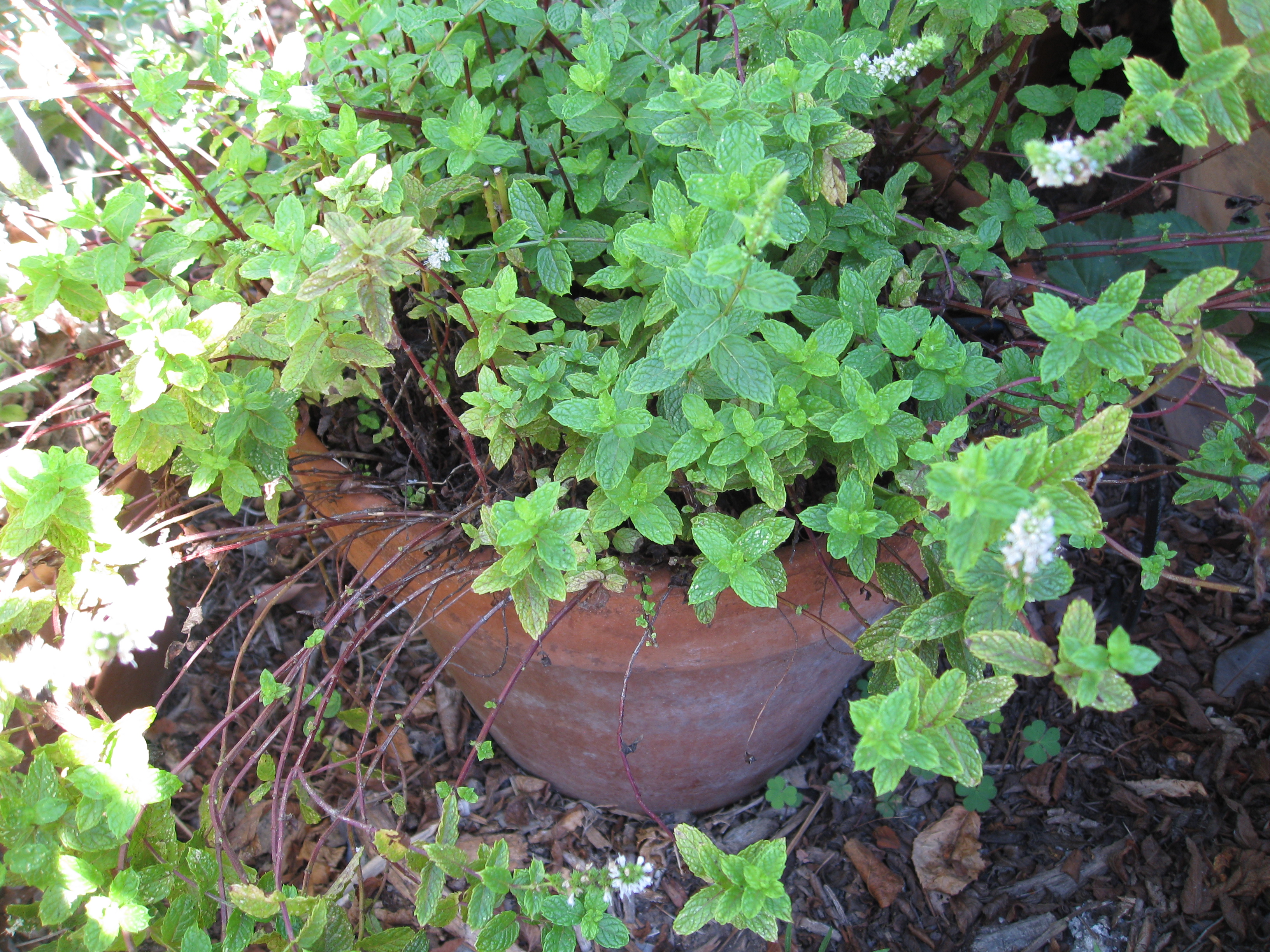
By thinking ahead a little, you’ll have a flourishing garden in spring, way ahead of everyone else. Just be sure to do your research:
- Native plants prefer native soil, so don’t add compost to the planting hole (we learned that the hard way).
- Herbs and food crops benefit from additional compost and worm castings.
- Mulch around each plant to ensure cooler temperatures for root systems, and so plants don’t try out.
Hey gardenerds, what perennials are you planting this fall? Share your plans below.

